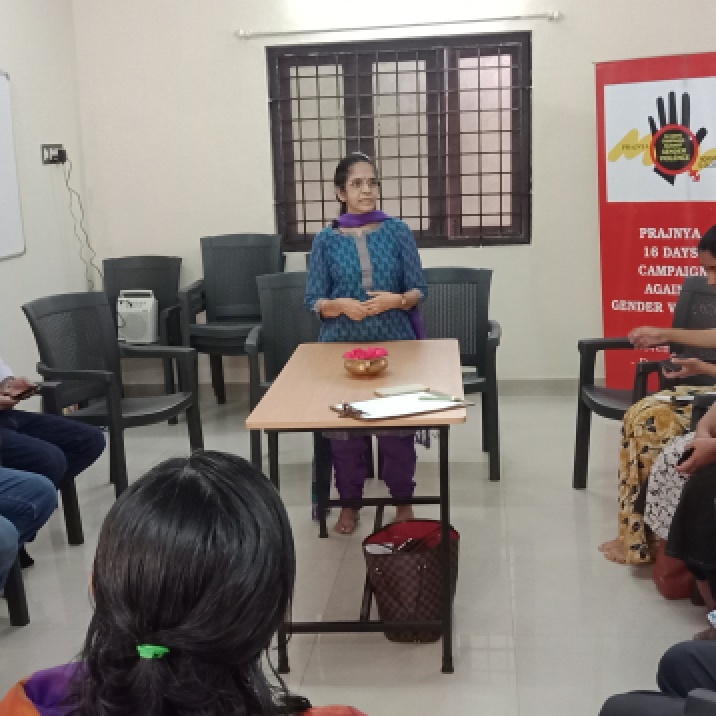By Anushka Pradeesh
Gender-based violence is now a days highly prevailing issue in our society leading to social inequality. From ancient days till today men are considered to be superior race in this world. This ideology have played a major role in creating gender-based violence and social inequality among women, transgender people and men.
Women are prone more to gender based-violence in this world. They are facing harassments at homes, streets, work places and even in public places. A survey proves that around eighty one percent of women have experienced sexual harassment at some point in their lives. In India divorce is considered as a bad act. As a result of which many women tend to tolerate the harassments imposed on them by their husbands. Each and everyday we are witnessing the news of a girl being raped in the newspaper. It’s just a news for the readers but in reality it’s the life of the girl and the family which is shattered and torn into pieces. Justice is never served to them. The main reason for this violence is the loop holes available in the judicial system. Women are deprived of safety not only in the outside world but also in social media. Cybercrime cases are increasing extremely in this pandemic situation. Women have lost liberty to share their photos in social media. The main reason is morphing of images which is taking place as an illegal business at higher levels. Many women have lost their lives due to cybercrime. Child marriage is yet another prevailing issue during this pandemic. A study proves that around twenty seven percent of girls in India are married before eighteen and seven percent before fifteen. As per the government records the government have stopped around 5,584 child marriages but still there are yet more cases which none are aware of. Girl children married at the young age are forced to face harassments not only from their husband but also from the entire household and society. All these gender viloences portray woman as weaker gender unable to speak up for themselves leading to social inequality. A great example for social inequality is women doing equal work as men and are paid only one-fourth of the men’s salary. Still today gender stereotypes remains unchanged.
Transgender people are the people who are more discriminated in the name of gender. The violence and and humiliations faced by them are unseen by the society. Literally the society turns it’s blind eyes towards these people. They are hated by their own family members and relatives. The harassments faced by them begins from home. They are not only physically harmed but also are experiencing mental pressure and depression.In search of peace they runaway from their homes. They are not given equal job opportunities. Even if their parents are supporting them the society is not really showing any acceptance to them which results in social inequality. For instance, parents are not willing to allow their child study with a transgender kid at schools promoting gender stereotypes and violence. In such a case social inequality begins from a place where equality should be inculcated in the children.
Men tend to face social inequality at certain phases of their lives. For example, in some firms there is this policy of treating people on the basis of caste which results in social inequality. Social inequality exists in this society mainly due to caste discrimination, biased religions and societal status. These three factors imposes social inequality irrespective of gender.
Gender-based violence and social inequality can be completely abolished when each and every Indian citizens are accepting every human beings as their kit and kin without discriminating anyone on the basis of gender, caste and class hierarchy. Equality will strive in our country only when our perspective changes.
“Be the change you want to see in the world”
– Mahatma Gandhi
So let the change begin from you and me. Let equality strive in our society.


